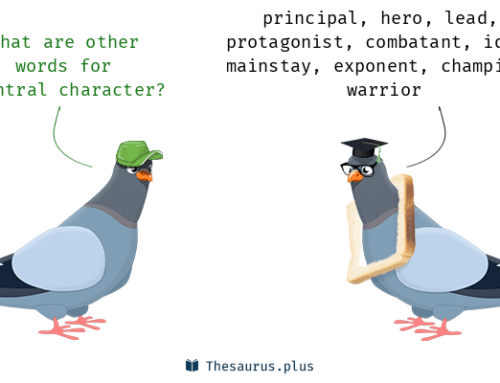The other night some friends and I watched writer/director Rahmin Bahrani’s 2012 film At Any Price, an official selection at the Toronto, Venice, and Telluride film festivals and starring Dennis Quaid and Zac Efron. The story centers on a farmer in the Midwest who is involved in somewhat shady dealings wtth GMO seed sales and the big companies supplying them. It’s also a father/son story with the boy not wanting to follow in his father’s footsteps as a farmer and instead become a race car driver. As stories go, there are many twists and turns, but the movie ultimately doesn’t work.
So why is this worth writing about? Because it is an excellent example of what not to do with a screenplay. And as Edward Albee, three-time Pulitzer Prize-winning playwright, once told me, sometimes you can learn a lot by studying why a project doesn’t lift off.
The problem with At Any Price is that we, the audience, are left throughout the unfolding of the story on the outside looking in at the central characters. We are never really allowed to get to know who these people are and what’s happening inside their heads and hearts as the plot unwinds It’s as if we were always looking in through a frosted window, straining to get a glimpse of the life going on inside.
This film (and I’m assuming the screenplay underlying it) rarely gives us essential personal details of the main characters’ lives–their private, solo moments that shine a searchlight on what’s going on internally as they’re hit with the ongoing story’s dilemmas. In other words, we never get to really know them intimately and what makes them tick. As a result, as the film plays out you can almost hear an echo of the story conferences for the script with various Hollywood experts pitching surface story ideas and plot points but never stopping long enough to think about and embrace who these characters really are and how it’s essential to add key moments that reveal their private hopes and fears.
The film is worth studying because it is a good example of what happens when these critical internal character revelations are largely absent. The story falls flat. And good actors instinctively struggle to convey what’s going on inside in scene after scene lacking the very elements designed to illuminate their character’s inner life and actors usually get in deep trouble when this happens–pushing moments and reactions that end up coming across as false and untruthful because the material isn’t giving them the handholds they need. And, finally, the camera is left with the lion’s share of the burden of attempting to capture this subtextural richness and even the camera can only go so far with that if the script itself doesn’t supply adequate opportunities for it.
If you do watch the film, I’d love to hear what you think.
* * * *
In addition to being an independent film producer and script consultant, I’m the Program Director for a low-residency MFA degree in Writing for Stage and Screen offered by the New Hampshire Institute of Art.





Leave A Comment